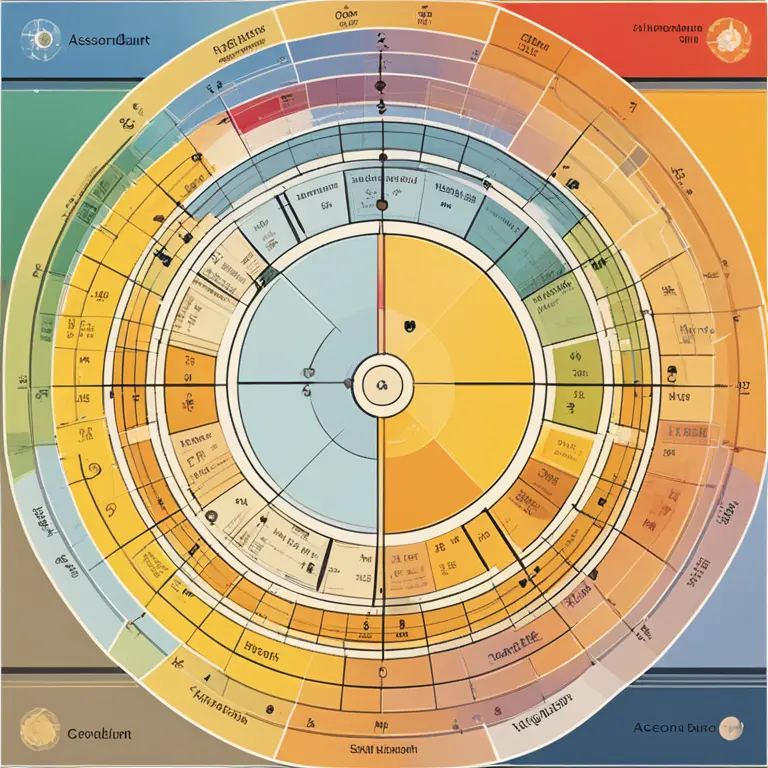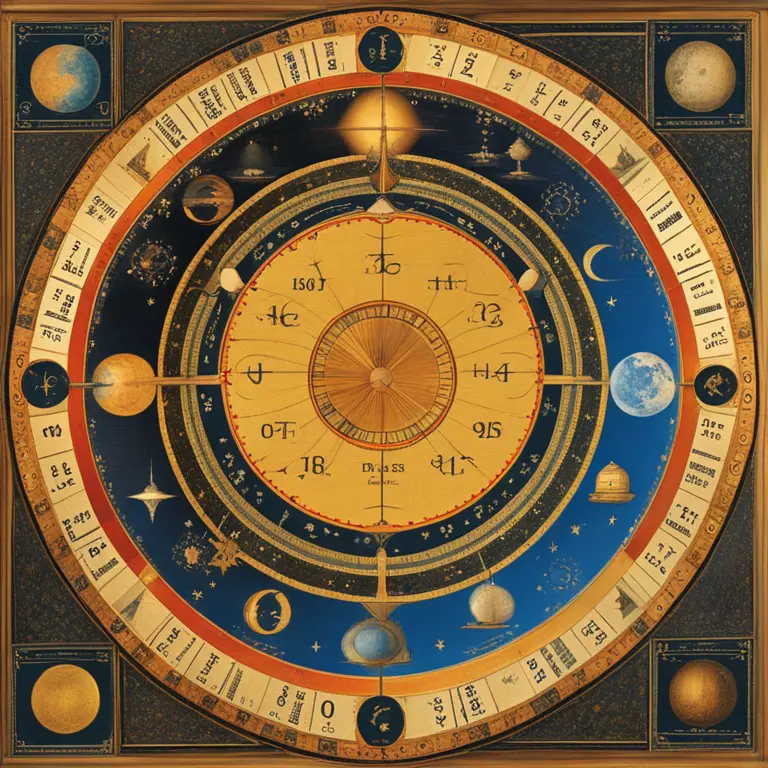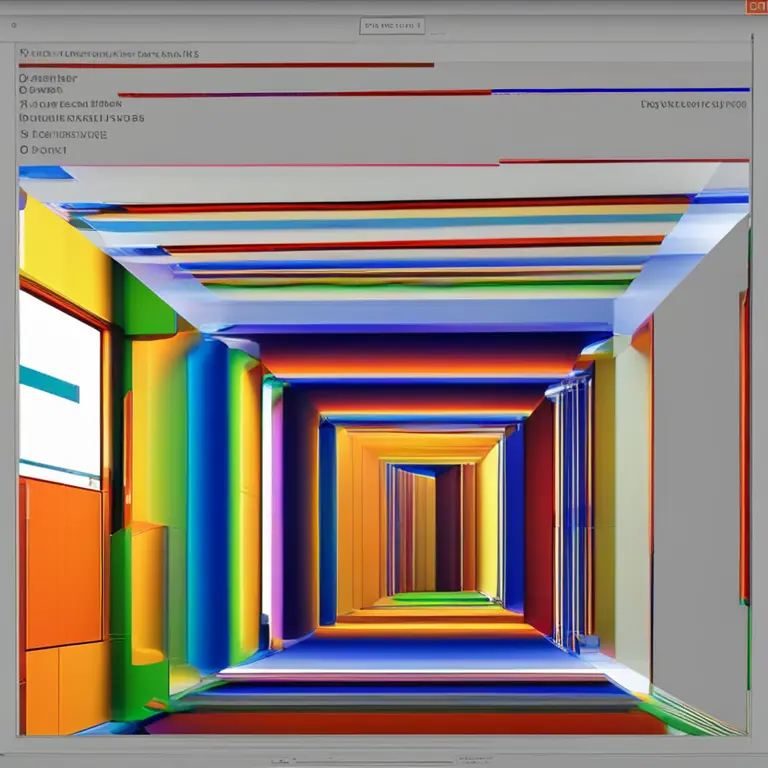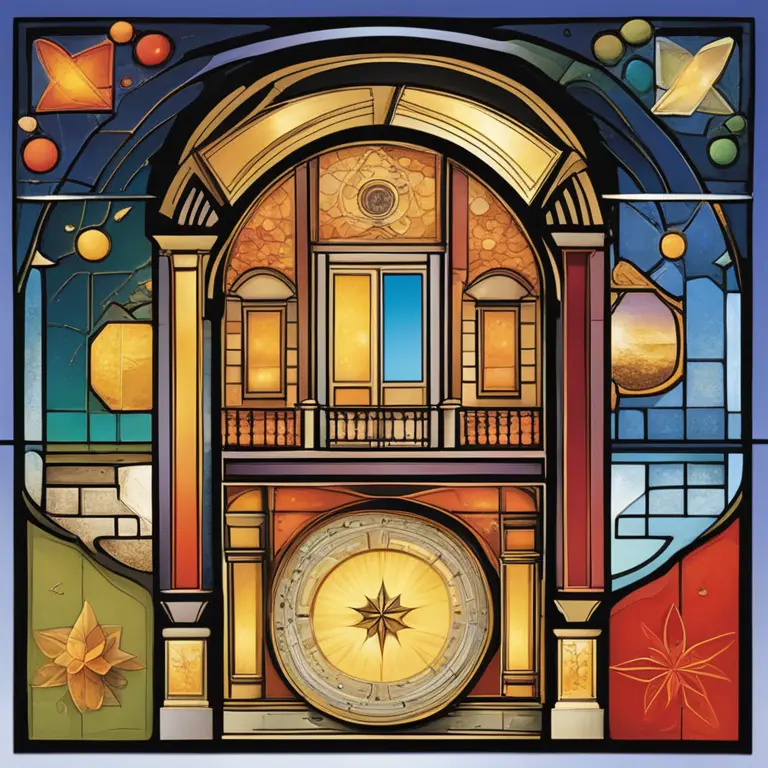
The Basics of Astrological Houses Determination
Discover the foundational process behind the determination of astrology houses in a birth chart, a key component of personal horoscopic analysis.
article by Priya Deshmukh
Defining Astrological Houses
Astrological houses are a pivotal component in the construction of a birth chart. They represent different areas of life and are determined by the exact time and location of one's birth. Much like the twelve zodiac signs, there are twelve houses in astrology, each associated with various facets of existence such as identity, possessions, communication, and relationships. The houses lay the groundwork for a nuanced interpretation of an individual's experiences, challenges, and potential.

The Role of the Ascendant
The Ascendant, or rising sign, is the zodiacal sign that was ascending on the eastern horizon at the precise moment of birth. It plays a crucial role in the determination of the houses. The Ascendant marks the cusp of the first house in a birth chart, shaping the layout of the subsequent houses. The positioning of the Ascendant, therefore, influences the areas of life each house governs and serves as a personalized starting point for astrological analysis.

Time and Place: Foundational Elements
To accurately determine the houses, astrologers must know the exact time and geographical location of birth. These details ensure the precise calculation of the Ascendant and the Midheaven—the cusp of the tenth house—both key markers in defining the house structure. Time and place act as the coordinates that anchor the astrological houses to personal experience, reflecting a celestial snapshot of the sky at the moment of one’s entry into the world.

Calculating the Houses
The process of calculating the houses can involve various house systems, such as Placidus, Koch, or Whole Sign, each with its own methodology. Most of these systems divide the space around the Earth into twelve segments based on the Ascendant and the Midheaven. The chosen system impacts the size of each house and their subsequent intersections with the planets and the signs, molding the interpretation of the birth chart.

Different House Systems
Each astrological house system offers a unique lens through which to view a birth chart. The Placidus system, the most commonly used, takes into account the time it takes for each degree of the ecliptic to rise above the horizon. In contrast, the Whole Sign system assigns an entire sign to each house, aligning the first house with the Ascendant’s sign and proceeding sequentially. Astrologers select a house system based on their interpretive preferences and the context of the reading.
Interpreting the Astrological Houses
Once the houses are determined, they can be populated with the planets and zodiac signs present at the time of birth. The planets' placements indicate which areas of life are most strongly influenced by their energies. For example, having Mars in the third house highlights communication and intellect, potentially leading to a sharp wit or assertive speech. Interpreting the astrological houses provides a deeper understanding of one's innate tendencies and life path.
A Living System: Transits and Progressions
The houses in an individual's birth chart set the stage for lifelong evolution. As the planets continue their celestial dance, they form transits and progressions with the houses, illuminating periods of growth, challenge, and transformation. Astrologers watch these movements to forecast future trends and opportunities, making the houses dynamic tools for personal development. For 2024 and beyond, these transits will guide individuals towards their unfolding destiny.
Published: 1/17/2024
Modified: 1/17/2024
More predictions
Come back here soon to learn more about yourself and your future


Astrological Sign Compatibility Full Guide
Discover the synergy between zodiac signs in astrology to learn more about romantic, friendship, and professional compatibility.


The Influence of Astrology in Human Lives
Delve into the impact of astrology on daily life, relationships, and personal growth, and understand how celestial alignments can guide our decisions and self-awareness.


Zodiac Compatibility: Cosmic Matches That Align
Discover which astrology signs mesh well together and why some celestial pairings resonate on a deeper level, paving the way for harmony.